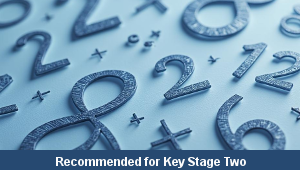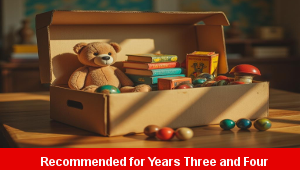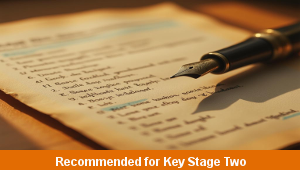Lesson Four – Fable Ending

This English teaching pack for Key Stage Two gets the children to explain and model how to compose an alternative ending to a story fable illustrating the actions and thoughts of characters about the narrative sequence of events.
The class can identify how fables are structured differently from other types of stories and describe how a fable can use animal characters that work to teach the reader a moral lesson.
Download this teaching pack including a lesson plan, classroom activities and an interactive presentation to explain and model how to compose an alternative ending to a story fable illustrating the actions and thoughts of characters about the narrative sequence of events
Activities in this teaching pack include differentiated templates to compose and storyboard an alternative ending to a story fable to show changes to the sequence of events when using the same characters to illustrate a moral lesson that can be taught to the reader.
The interactive presentation gets the children to explore how to compose an alternative ending to a story fable illustrating the actions and thoughts of characters about the narrative events.
This lesson is part of an English scheme of work to get the children to explore and describe some of the different characters settings and events that can feature in traditional fables, identify families of words with common spellings and practise punctuating direct speech in sentences. There are teaching activities for shared learning, differentiated worksheets to support independent learning and interactive presentations to introduce concepts and key skills.
-

Length Calculations
Practise using number calculations skills for addition, subtraction, division and multiplication when solving problems related to length measurements
-

Maths Calculations Assessment
Assess abilities in solving a range of different number problems for addition and subtraction when working with informal and formal written calculations
-

Determinant Lists
Explain and model how to make lists of objects used and found in different locations to match the correct determinants of a and an
-

English SPAG Assessment
Assess abilities in composing sentences for fiction and non-fiction using the correct spellings, punctuation marks and grammar vocabulary phrases
